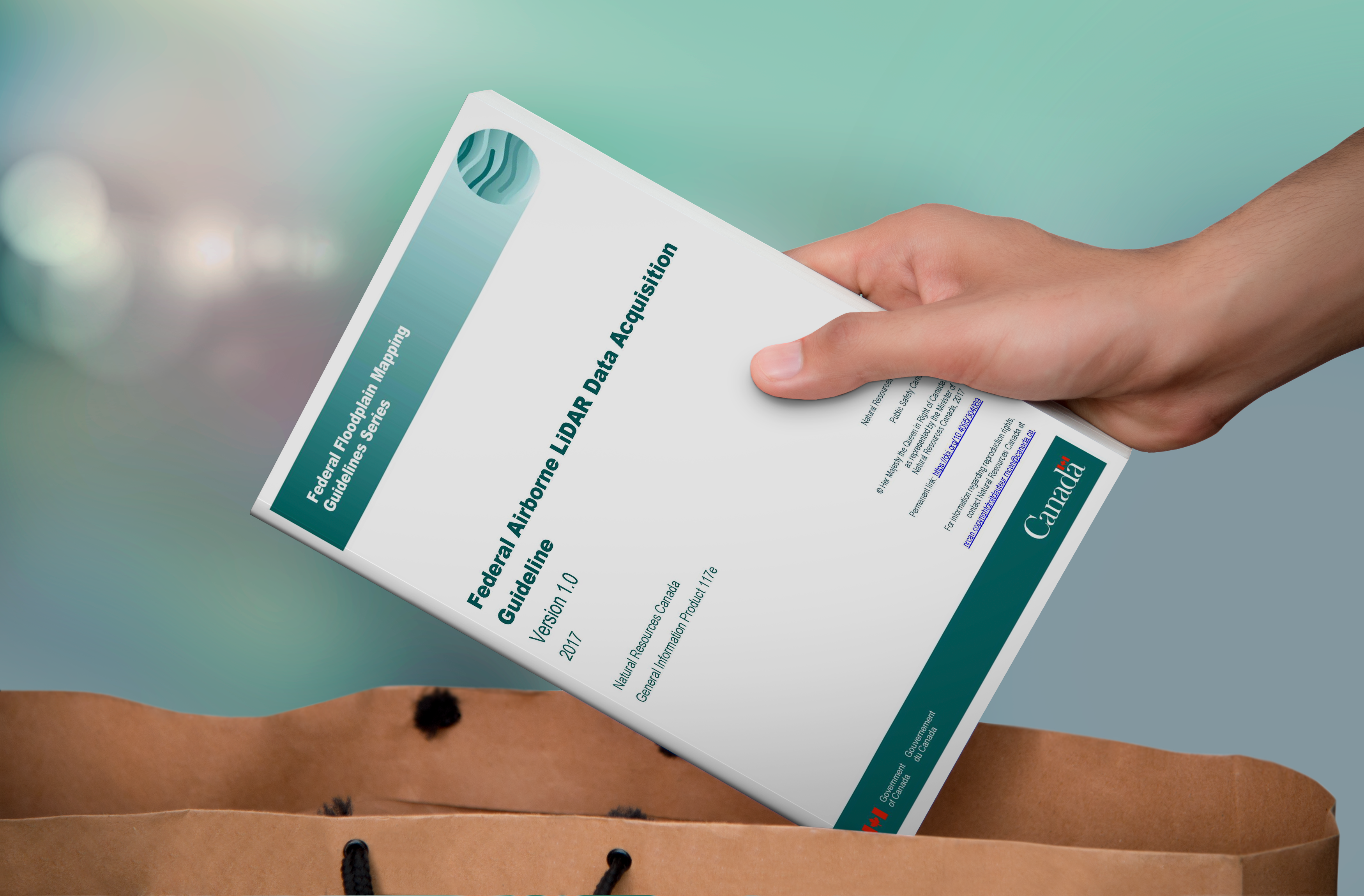The “Basic Three Parts” of a GIS Job Interview
[Note: This article was originally published to this site May 3, 2009]
GIS Job Interviews: We all know that looking for a job is perhaps the really the hardest job that there is to do, and one that we have all had to do at one point in our life. Here we refer to the “Basic Three Parts” of an Interview (these parts all most always apply to all types of interviews). Once you have prepared yourself for that important job interview, you are almost ready to show the possible employer what you have got to offer, but before you do, let us take a closer look at the structure of most interview process.

All though the interview will have three separate sections; the opening, the main body, and the closing, a really experienced interview panel will be able to make all three parts seamlessly flow along into what appears to be one full process. So you will want to gauge yourself and watch for the sections as they come along.
Typical Interview panels for Geomatics related jobs vary from place to place but most often it will be made up of a few various key people from the company. Most often you will find a representative from HR (Human Resources), a department manager or supervisor for the position, and somebody with more technical knowledge. They will often take turns asking you the questions, and all write their own comments and details based on the info you supply it to them. This will make things move more smoothly and allow them to not always have you focused on one individual for the whole duration of the interview.
The “Basic Three Parts” of an Interview in brief are:
1. The opening. The purpose of this portion of the interview is to make the Candidate feel more comfortable and to set the stage for a productive exchange of information in the balance of the interview. In a typical half hour interview, this introduction would usually take approximately three to five minutes. They will try to make a smooth transition from the opening to the next section of the interview. For example, they may say something like “Now we would like to ask you some questions related to your programming skills” versus, “Okay that’s about enough idle chit chat, let’s get on with the interview.” The key thing to remember is that a good “First Impression” always goes a long way and you should be sure that you take the few moments that you have in the Opening Section to do so.
This portion of the interview often will take at about twenty to twenty five minutes in a typical half hour
interview. Again, you may notice a smooth transition to the close, such as, “We have enjoyed learning more about you. We have a few minutes left for any questions you may have about the company.”
3. The closing. This portion of the interview often includes a short opportunity for questions, thanking the
candidate for coming in to interview and explaining when and how he or she will hear back from the company. It is often an opportunity for the candidate to ask any questions, and is a good time to stand out if you had something in mind related to the position that you thought they would discuss but did not. This portion is usually pretty quick, approximately five minutes in a half-hour interview. Most often the interview panel will have somebody else to interview net so they will just want to push you out the door, but make sure that you take the time to ensure you left the best impression that you could.
[Note: This article is thanks to one of our readers]



